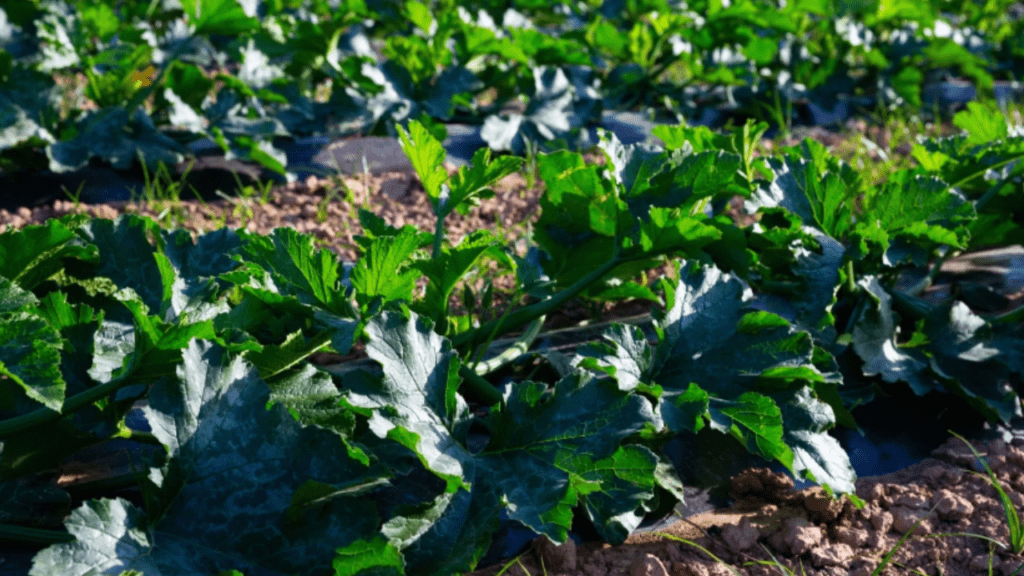
How to Prune Squash Plants: Step-by-Step Instructions for Healthy Growth
Pruning squash plants is a crucial task for achieving a productive and healthy garden. Knowing how to prune squash plants correctly can lead to better air circulation, increased sunlight penetration, and ultimately, a more bountiful harvest. In this comprehensive guide, we’ll walk you through the essential steps of pruning squash plants, share expert tips, and explain why this practice is vital for squash health and productivity.
Table of Contents
ToggleUnderstanding Squash Plants
Squash plants are a popular and versatile addition to any garden. They come in various varieties, including zucchini, yellow squash, and butternut squash, and they require specific care to thrive. Understanding the growth habits and needs of squash plants is essential for successful gardening.
Squash plants are known for their large, broad leaves and sprawling vines. They require plenty of space to grow and prefer to be planted in well-drained, nutrient-rich soil. These plants also need plenty of sunlight, at least 6-8 hours per day, and regular watering to keep the soil consistently moist.
Pruning Squash Plants
Pruning squash plants is an important task that can help promote healthy growth and increase the overall yield of the crop. When pruning squash plants, it is important to remove any dead or diseased leaves, as well as any vines that are overcrowding the plant. This will help improve air circulation and sunlight penetration, which can prevent diseases and encourage the development of more fruit.
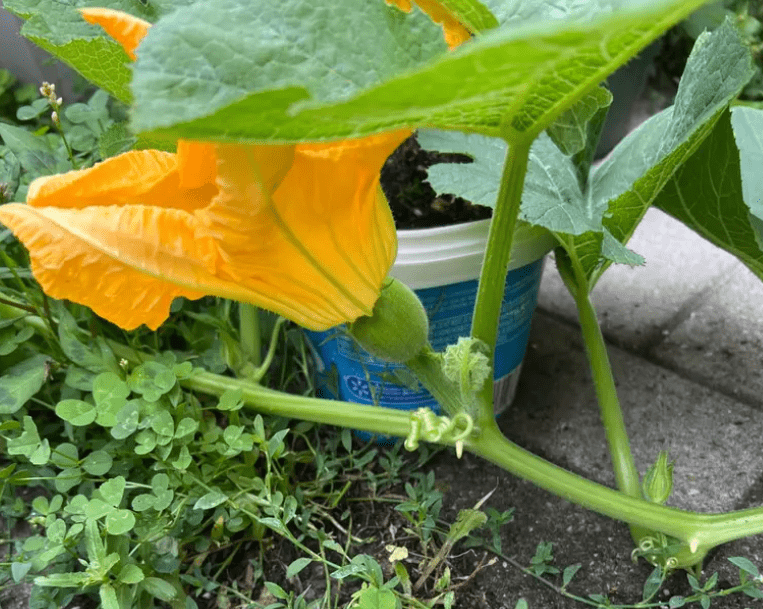
To prune squash plants, simply use clean gardening shears to carefully remove any unwanted leaves or vines. Be sure to prune in the early morning or late afternoon to avoid stressing the plants in the heat of the day.
By understanding the needs of squash plants and taking the time to prune them properly, you can ensure a healthy and productive garden. With the right care and attention, you can enjoy a bountiful harvest of delicious squash in your garden.
Tools You’ll Need for Pruning
Essential Tools:
Pruning Shears: Choosing the right size and type.
When it comes to pruning squash plants, it’s important to choose the right size and type of pruning shears. You’ll want to select shears that are comfortable to hold and easy to maneuver, as well as sharp enough to make clean cuts. For pruning squash plants, bypass pruning shears are recommended, as they provide a clean cut and are great for cutting through thick stems. Look for shears with a blade length of around 7-8 inches, which will be suitable for most pruning tasks in the garden. It’s also important to choose shears with a comfortable grip, as you may be using them for extended periods of time. Keep your pruning shears clean and sharp to ensure they are effective and make clean cuts, which will promote the overall health and growth of your squash plants. By using the right size and type of pruning shears, you can ensure that your squash plants are pruned effectively and can thrive in your garden.
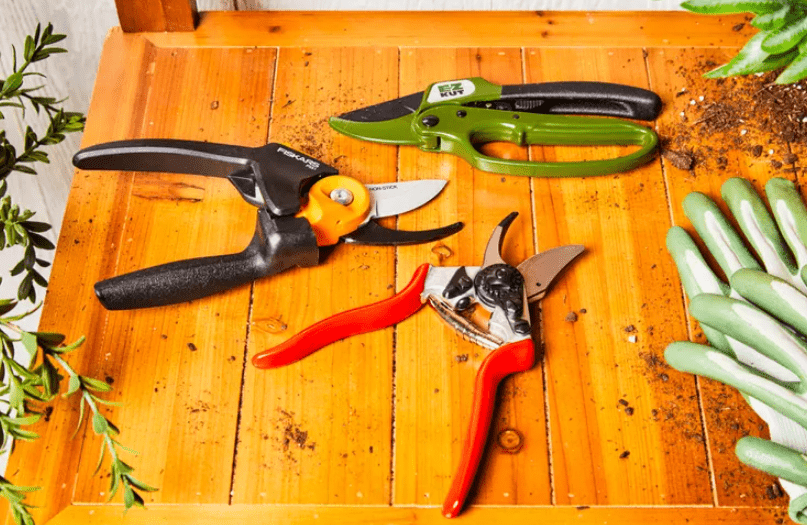
Gloves: Protecting your hands while pruning.
When pruning, it’s important to protect your hands with gloves. Gloves can provide a barrier between your hands and potential thorns or sharp edges on plants, helping to prevent cuts and scratches. Look for gloves that are comfortable and flexible, allowing you to easily maneuver and handle your pruning shears. It’s also important to choose gloves that are durable and provide good grip, ensuring that you can safely and effectively prune your plants without the risk of slipping. By wearing gloves while pruning, you can protect your hands and maintain their dexterity and sensitivity, allowing you to work in the garden without causing injury to your hands. So, remember to always use gloves when pruning to keep your hands safe and protected.
Disinfectant: Keeping tools clean to prevent disease spread.
It’s important to keep your gardening tools clean to prevent the spread of disease. Disinfecting your tools helps to prevent the transfer of harmful bacteria and fungi from one plant to another. This can help to keep your garden healthy and thriving. When disinfecting your tools, be sure to use a solution of one part bleach to nine parts water. Soak your tools in the solution for at least 30 minutes, then rinse and dry them thoroughly before using them again. Additionally, it’s a good idea to disinfect your tools between each use, especially when working with diseased plants. By keeping your tools clean and disinfected, you can help to safeguard the health of your garden and ensure that your plants continue to flourish.
Optional Tools:
Trellis or Supports: For managing vining squash plants.
When it comes to managing vining squash plants, using a trellis or supports can be very beneficial. This will help to keep the plants off the ground, which can prevent rot and disease. It also makes it easier to harvest the squash and allows for better air circulation around the plants. You can use a variety of materials for trellising, such as bamboo poles, wire, or even old ladders. Just be sure to secure the plants and provide them with enough support as they grow. Trellising or using supports for vining squash plants can help to maximize your garden space and improve the overall health of your plants.
Mulch: To protect the plant base and retain moisture.
Mulch is a great way to protect the plant base and retain moisture in the soil. It helps to prevent weed growth and regulate the soil temperature, which can be very beneficial for the health of your plants. There are different types of mulch, such as organic mulch like wood chips or straw, and inorganic mulch like plastic or rubber. You can choose the type that best suits your gardening needs. Mulch also helps to improve the soil structure and reduce erosion. It’s a simple and effective way to improve the overall health of your garden. Consider using mulch to protect your plant base and retain moisture in your garden.
How to Prune Squash Plants: Step-by-Step Instructions
Identify the Right Time to Prune:
Best Time of Year: When to start pruning based on the plant’s growth stage.
Pruning is an important aspect of gardening, and the best time to start pruning depends on the growth stage of the plant. For most plants, the best time to start pruning is in late winter or early spring before new growth begins. This allows the plant to recover and heal from the pruning cuts before the growing season starts. It’s important to prune at the right time to avoid causing stress to the plant. Different plants may have specific pruning needs, so it’s important to research the specific pruning requirements for each type of plant in your garden. Proper pruning can help promote healthy growth and improve the overall appearance of your plants. By identifying the right time to prune and following step-by-step instructions, you can effectively maintain the health and beauty of your garden.
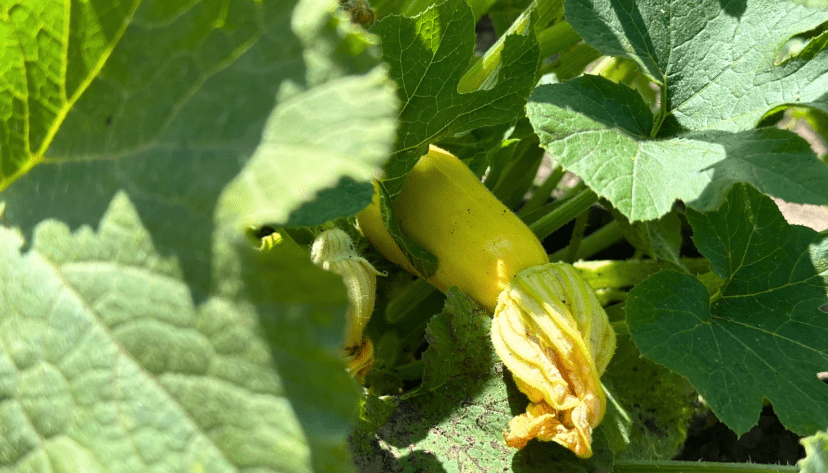
Signs Your Plant Needs Pruning: Overgrowth, poor air circulation, or yellowing leaves.
Pruning is an essential part of plant care and can help promote healthy growth and improve the overall appearance of your garden. It’s important to keep an eye out for signs that your plants may need pruning. Overgrowth is a common sign that a plant needs pruning, as it can lead to overcrowding and poor air circulation. This can result in an increased risk of disease and pest infestations. Additionally, if you notice yellowing leaves or dead or diseased branches, it may be time to prune your plant to remove any damaged or unhealthy growth. It’s important to research the specific pruning requirements for each type of plant in your garden, as different plants may have different pruning needs. By identifying the right time to prune and following step-by-step instructions, you can effectively maintain the health and beauty of your garden. Remember, proper pruning can help keep your plants healthy and thriving, so be sure to keep an eye out for these signs and take the necessary steps to keep your garden in top shape.
Preparing Your Squash Plant:
Water Before Pruning: Ensuring the plant is hydrated.
Before pruning your plants, it’s important to ensure that they are properly hydrated. Watering your plants before pruning can help minimize the stress they experience from the pruning process. When plants are well-hydrated, they are better equipped to handle the shock of being pruned. In addition, watering your plants before pruning can help make the pruning process easier by making the branches and leaves more pliable. This can help you to achieve clean cuts and minimize damage to the plant. Overall, watering your plants before pruning is an important step in ensuring the health and well-being of your plants. By taking the time to properly hydrate your plants before pruning, you can help them to recover more quickly and continue to thrive in your garden.
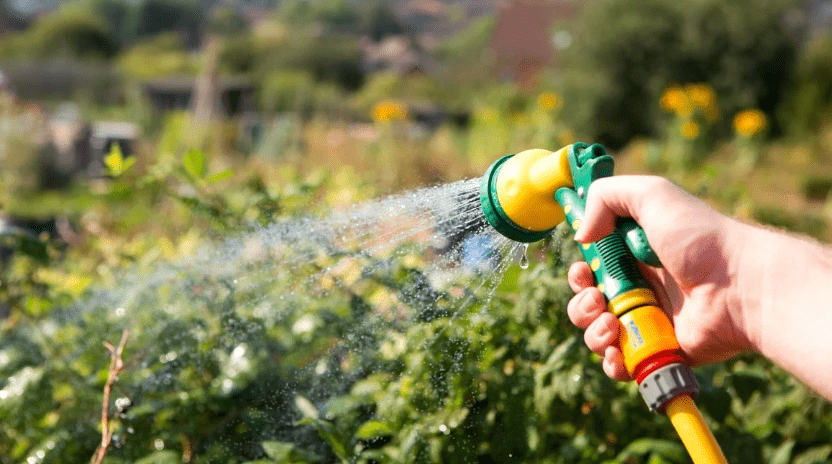
Inspect the Plant: Checking for any signs of disease or pests before you start.
Before you start pruning your plants, it’s essential to inspect them for any signs of disease or pests. This is important because pruning can spread disease if the tools are not properly sanitized. By inspecting your plants before pruning, you can identify any issues and take necessary steps to address them before they spread. Look for any discolored or damaged leaves, unusual growth patterns, or the presence of pests such as aphids or spider mites. By addressing these issues before pruning, you can help to ensure the overall health and vitality of your plants. Additionally, it’s important to check for any dead or damaged branches that need to be removed to promote healthy growth. Taking the time to inspect your plants before pruning can help to maintain a healthy and thriving garden.
Pruning the Squash Plant:
Remove Dead or Damaged Leaves: Step-by-step guide on cutting away unhealthy foliage.
When pruning your plants, it’s important to start by inspecting them for any signs of disease or pests. This step is crucial in preventing the spread of disease through pruning tools. Look for discolored or damaged leaves, unusual growth patterns, and the presence of pests such as aphids or spider mites. By addressing these issues before pruning, you can help maintain the overall health and vitality of your plants.
Next, focus on removing any dead or damaged leaves. This can be done by carefully cutting away the unhealthy foliage using sanitized pruning shears. Be sure to make clean cuts at the base of the leaf stem to promote healthy growth. By removing dead or damaged leaves, you can improve air circulation and prevent the spread of disease throughout the plant.
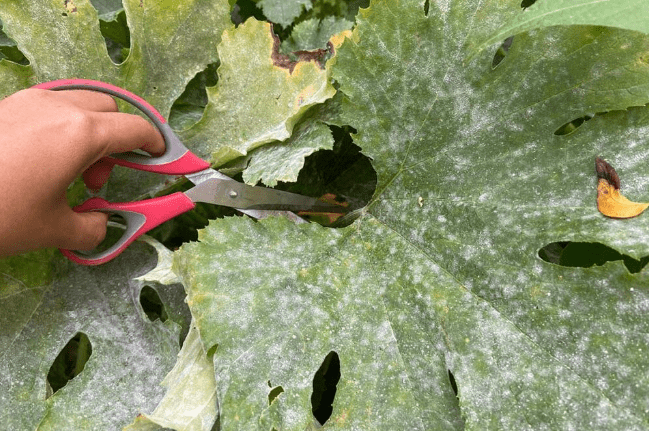
In addition to removing dead or damaged leaves, it’s also important to check for any dead or damaged branches that need to be pruned. By taking the time to inspect your plants and remove unhealthy foliage, you can help promote healthy growth and maintain a thriving garden.
Managing Vines and Stems:
Training Vines: Techniques for training vining squash plants onto a trellis or support.
Training vining squash plants onto a trellis or support is an important step in maintaining a healthy and productive garden. One technique for training vining squash plants is to start by gently guiding the young vines onto the trellis or support structure. As the vines grow, continue to gently manipulate them to encourage upward growth and prevent them from sprawling out and taking over the garden. It’s also important to regularly check on the vines and make any necessary adjustments to ensure they are properly supported and growing in the desired direction. Additionally, pruning the vines can help to promote healthy growth and prevent over-crowding. By addressing these issues before pruning, you can help maintain the overall health and vitality of your plants. Next, focus on removing any dead or damaged leaves. This can be done by carefully cutting away the unhealthy foliage using sanitized pruning shears. Be sure to make clean cuts at the base of the leaf stem to promote healthy growth. By removing dead or damaged leaves, you can improve air circulation and prevent the spread of disease throughout the plant. In addition to removing dead or damaged leaves, it’s also important to check for any dead or damaged branches that need to be pruned. By taking the time to inspect your plants and remove unhealthy foliage, you can help promote healthy growth and maintain a thriving garden. Remember to continue monitoring and training your vining squash plants throughout the growing season to ensure a bountiful harvest.
Post-Pruning Care
Is an important step in maintaining the health and growth of your plants. After pruning, it’s important to focus on removing any dead or damaged leaves. This can be done by carefully cutting away the unhealthy foliage using sanitized pruning shears. Be sure to make clean cuts at the base of the leaf stem to promote healthy growth.
By removing dead or damaged leaves, you can improve air circulation and prevent the spread of disease throughout the plant. In addition to removing dead or damaged leaves, it’s also important to check for any dead or damaged branches that need to be pruned. This will help to promote new growth and maintain the overall health of the plant.
It’s also important to continue monitoring and training your plants throughout the growing season to ensure a bountiful harvest. By taking the time to inspect your plants and remove unhealthy foliage, you can help promote healthy growth and maintain a thriving garden. So, be sure to give your plants the post-pruning care they need for optimal growth and productivity.
Benefits of Pruning Squash Plants
Improved Air Circulation: How pruning reduces the risk of fungal diseases.
Pruning your plants is a crucial step in maintaining their health and promoting optimal growth. By making clean cuts at the base of the leaf stem, you can stimulate healthy new growth and prevent the spread of fungal diseases. Removing dead or damaged leaves also improves air circulation around the plant, reducing the risk of disease. It’s important to regularly inspect your plants for any signs of damage or disease and to prune as needed to keep them healthy. Additionally, pruning helps to shape the plant and promote a more abundant harvest. Overall, proper pruning techniques can greatly benefit the health and productivity of your plants.
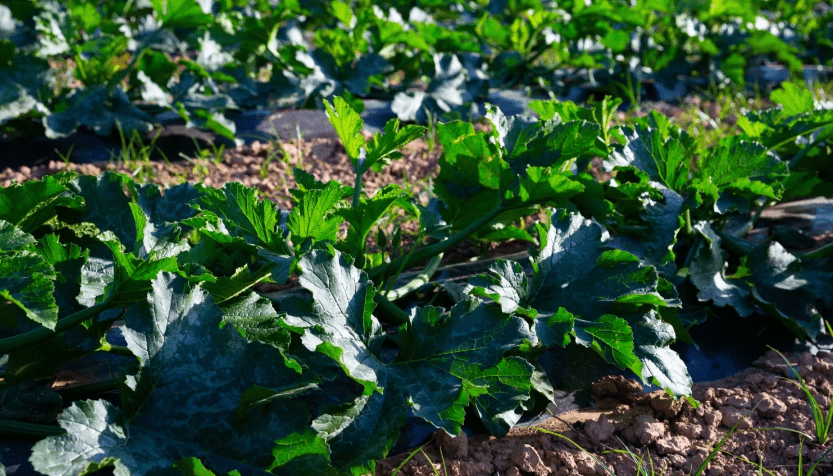
Better Light Penetration: Ensuring all parts of the plant receive adequate sunlight.
Pruning your squash plants can have several benefits, including improved air circulation and better light penetration. When you prune your plants, you are removing dead or damaged leaves, which helps to improve air circulation around the plant and reduce the risk of fungal diseases. This is important for maintaining the health of your plants and promoting optimal growth. Additionally, by pruning, you can shape the plant and promote a more abundant harvest. One of the key benefits of pruning is better light penetration. By removing excess foliage, you ensure that all parts of the plant receive adequate sunlight, which is essential for healthy growth and fruit production. Overall, proper pruning techniques can greatly benefit the health and productivity of your squash plants.
Common Mistakes to Avoid When Pruning
Over-Pruning: Understanding the risks of cutting too much.
When it comes to pruning your plants, it’s important to understand the risks of over-pruning. While pruning can have many benefits, such as improved air circulation and better light penetration, cutting too much can actually harm the plant. Over-pruning can weaken the plant and make it more susceptible to disease and pest infestation. It’s important to follow proper pruning techniques and avoid excessive cutting. Instead, focus on removing dead or damaged leaves and shaping the plant to promote healthy growth. By understanding the risks of over-pruning, you can ensure the health and productivity of your squash plants.
Pruning at the Wrong Time: Why timing is crucial for effective pruning.
Pruning at the wrong time can have negative effects on your plants. It’s crucial to understand the timing of when to prune in order to effectively promote healthy growth and avoid damaging your plants. One common mistake to avoid when pruning is over-pruning. Cutting too much can weaken the plant and make it more susceptible to disease and pest infestation. It’s important to follow proper pruning techniques and focus on removing dead or damaged leaves, as well as shaping the plant to promote healthy growth. Additionally, pruning at the wrong time can also have negative effects on your plants. Pruning at the wrong time can result in stunted growth, reduced flowering, and even plant damage. It’s important to research and understand the specific timing for pruning each type of plant in order to ensure effective and beneficial results. Timing is crucial for effective pruning, so be sure to educate yourself on the best times to prune your specific plants for optimal health and growth.
Neglecting Tool Care: The importance of keeping tools sharp and clean.
When it comes to gardening and landscaping, the importance of keeping your tools sharp and clean cannot be overstated. Neglecting tool care can lead to a less effective and more difficult gardening experience. Dull and dirty tools can harm your plants and make your work more challenging. Sharpening your tools regularly will ensure clean cuts, reducing the risk of damaging your plants. Cleaning your tools after each use will prevent the spread of disease and infection from one plant to another. By taking the time to care for your tools, you can improve the health and appearance of your plants, making your gardening experience more enjoyable and successful. Remember, a well-maintained tool is a valuable asset in any garden.
Conclusion
In conclusion, proper pruning of squash plants is essential for promoting healthy growth and maximizing your harvest. By following the step-by-step instructions provided in this article, you can ensure that your squash plants thrive and produce an abundant yield. Avoiding common mistakes and understanding the benefits of pruning will set you on the path to successful squash plant growth. Happy gardening!
Frequently asked questions And Answer
It’s best to prune your squash plants when they are still young and small, around 3-4 weeks after planting. This will encourage healthy growth and prevent overcrowding.
Start by removing any dead or damaged leaves and branches. Then, carefully trim back any excessive growth or vines that are overcrowding the plant. Be sure to use clean, sharp pruning shears to avoid damaging the plant.
Pruning helps improve air circulation and sunlight exposure, which can reduce the risk of disease and promote better fruit production. It also helps the plant focus its energy on producing healthy fruits rather than excessive foliage.
When done properly, pruning can actually increase the yield of squash plants by directing their energy towards fruit production. However, it’s important not to over-prune, as this can have a negative impact on yield.
While the basic principles of pruning apply to all types of squash plants, such as zucchini, yellow squash, and pumpkins, the specific techniques may vary slightly depending on the variety. It’s best to research the specific needs of the type of squash you are growing.
Yes, the pruned leaves and branches can be added to your compost pile to enrich the soil for future plantings. Just be sure to properly compost them to avoid any potential spread of disease.
It’s best to monitor your squash plants regularly and prune as needed to maintain healthy growth. This may vary depending on the specific conditions and growth rate of your plants.
One common mistake is removing too much foliage, which can stress the plant and reduce its ability to produce fruit. It’s important to strike a balance between removing excessive growth and maintaining the overall health of the plant.
